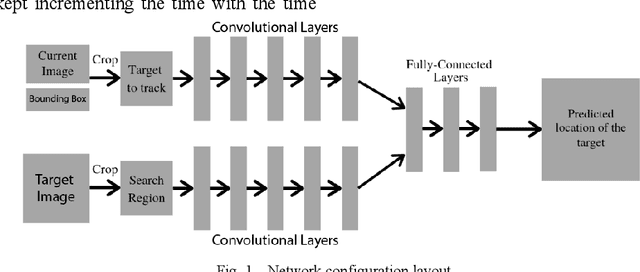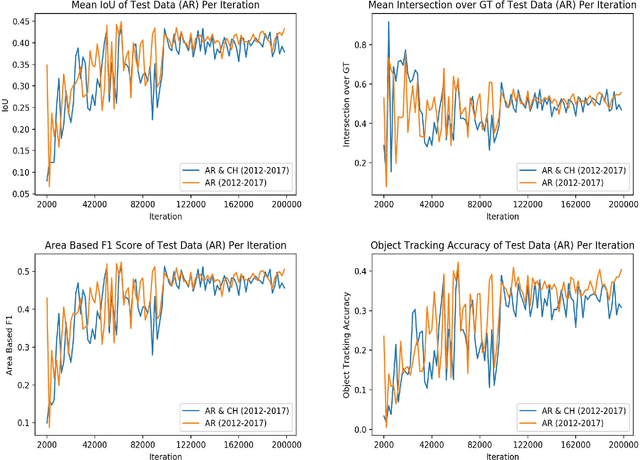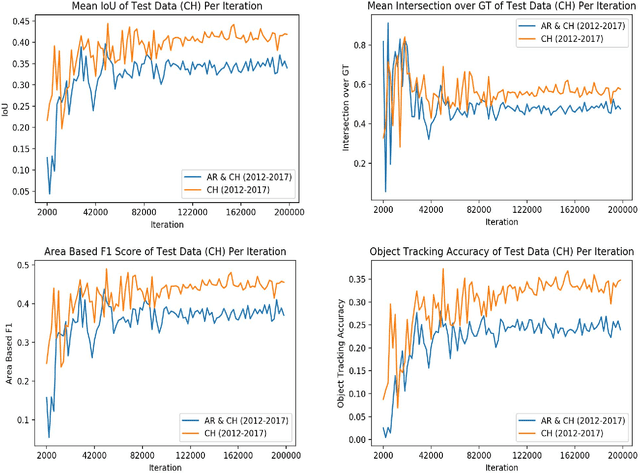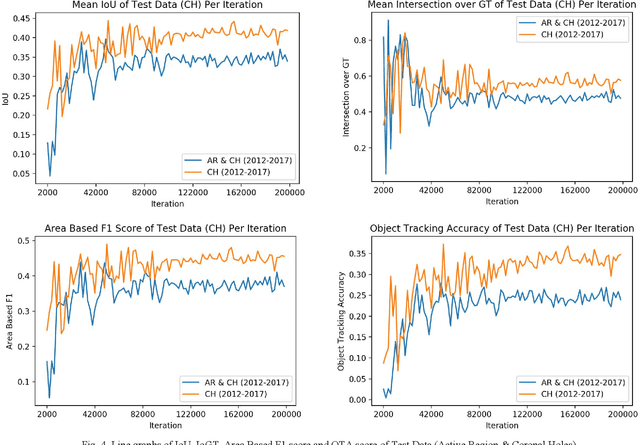Solar Event Tracking with Deep Regression Networks: A Proof of Concept Evaluation
Paper and Code
Nov 19, 2019



With the advent of deep learning for computer vision tasks, the need for accurately labeled data in large volumes is vital for any application. The increasingly available large amounts of solar image data generated by the Solar Dynamic Observatory (SDO) mission make this domain particularly interesting for the development and testing of deep learning systems. The currently available labeled solar data is generated by the SDO mission's Feature Finding Team's (FFT) specialized detection modules. The major drawback of these modules is that detection and labeling is performed with a cadence of every 4 to 12 hours, depending on the module. Since SDO image data products are created every 10 seconds, there is a considerable gap between labeled observations and the continuous data stream. In order to address this shortcoming, we trained a deep regression network to track the movement of two solar phenomena: Active Region and Coronal Hole events. To the best of our knowledge, this is the first attempt of solar event tracking using a deep learning approach. Since it is impossible to fully evaluate the performance of the suggested event tracks with the original data (only partial ground truth is available), we demonstrate with several metrics the effectiveness of our approach. With the purpose of generating continuously labeled solar image data, we present this feasibility analysis showing the great promise of deep regression networks for this task.
 Add to Chrome
Add to Chrome Add to Firefox
Add to Firefox Add to Edge
Add to Edge